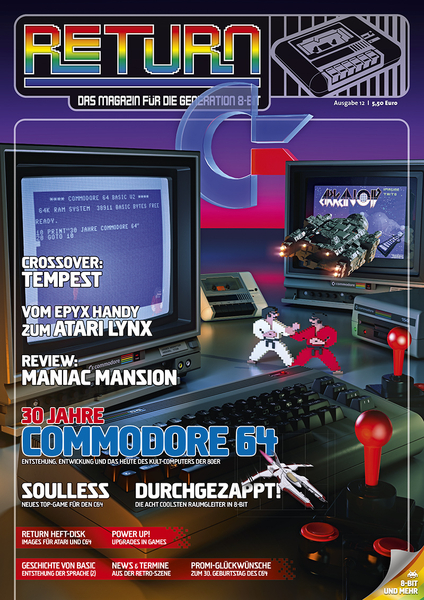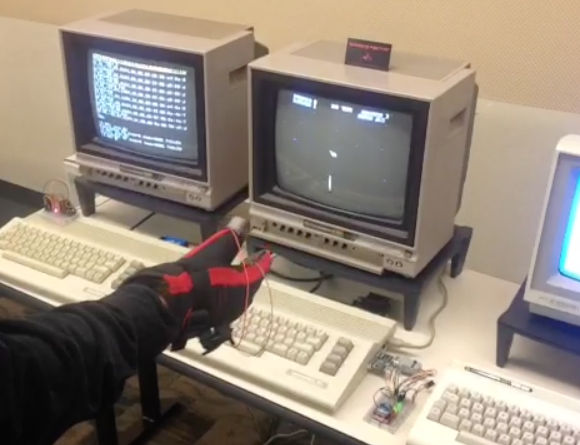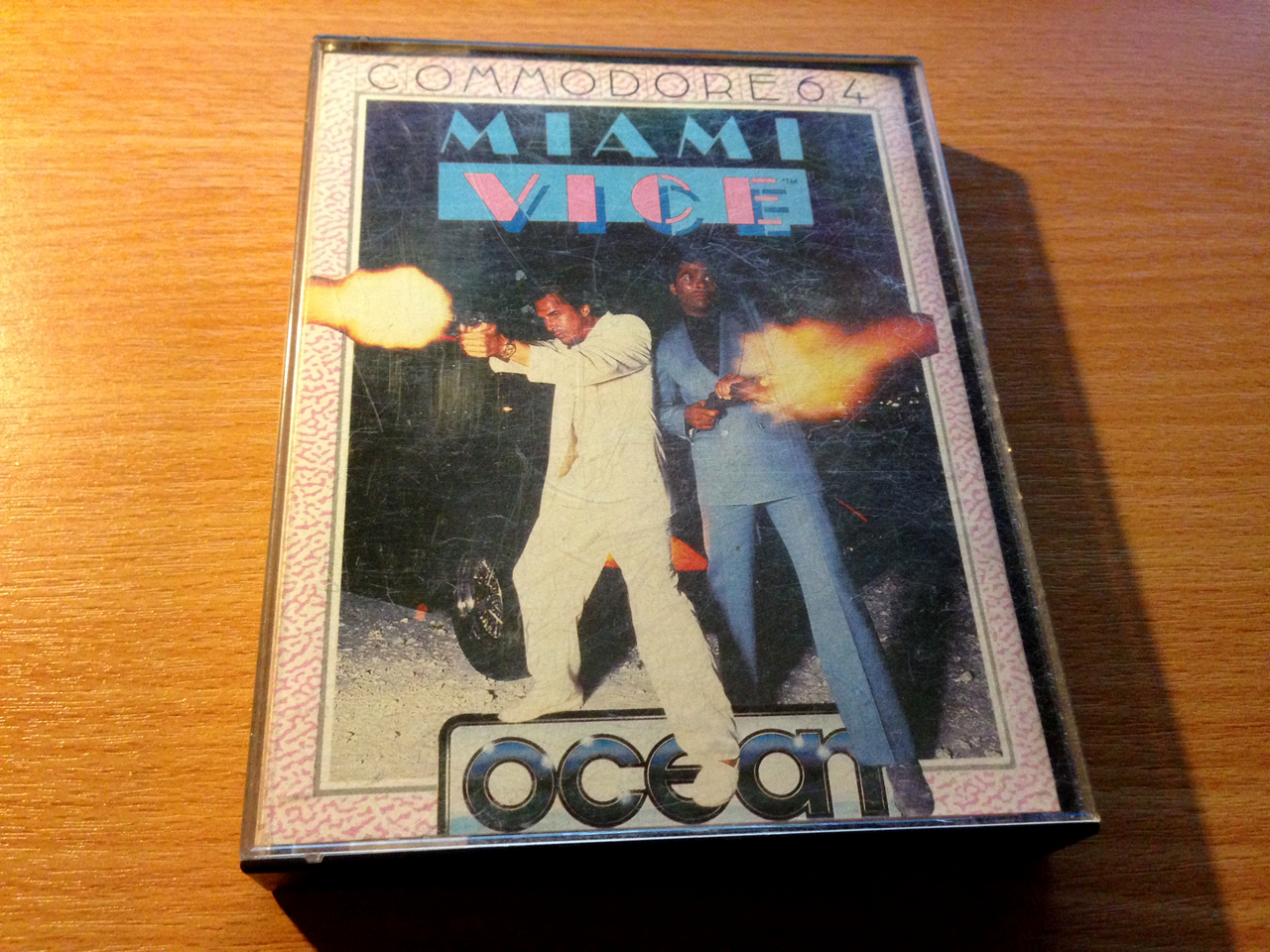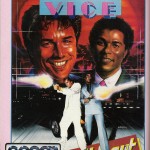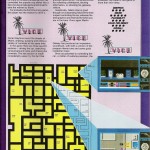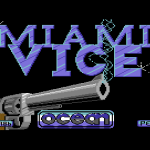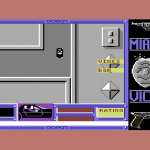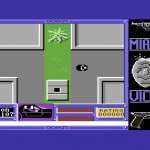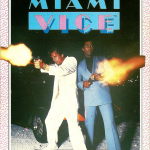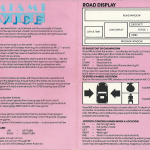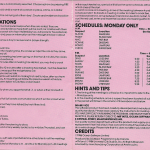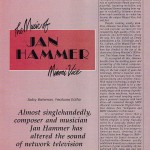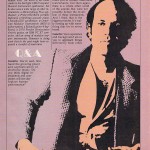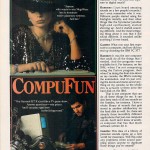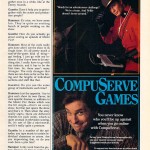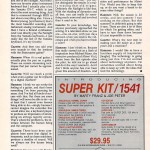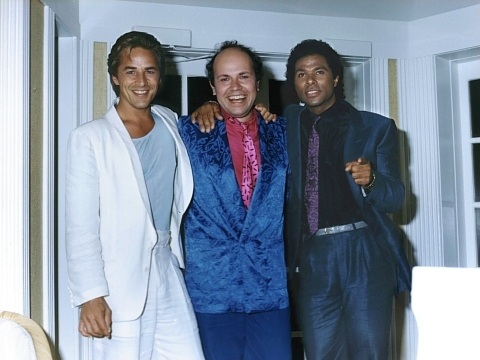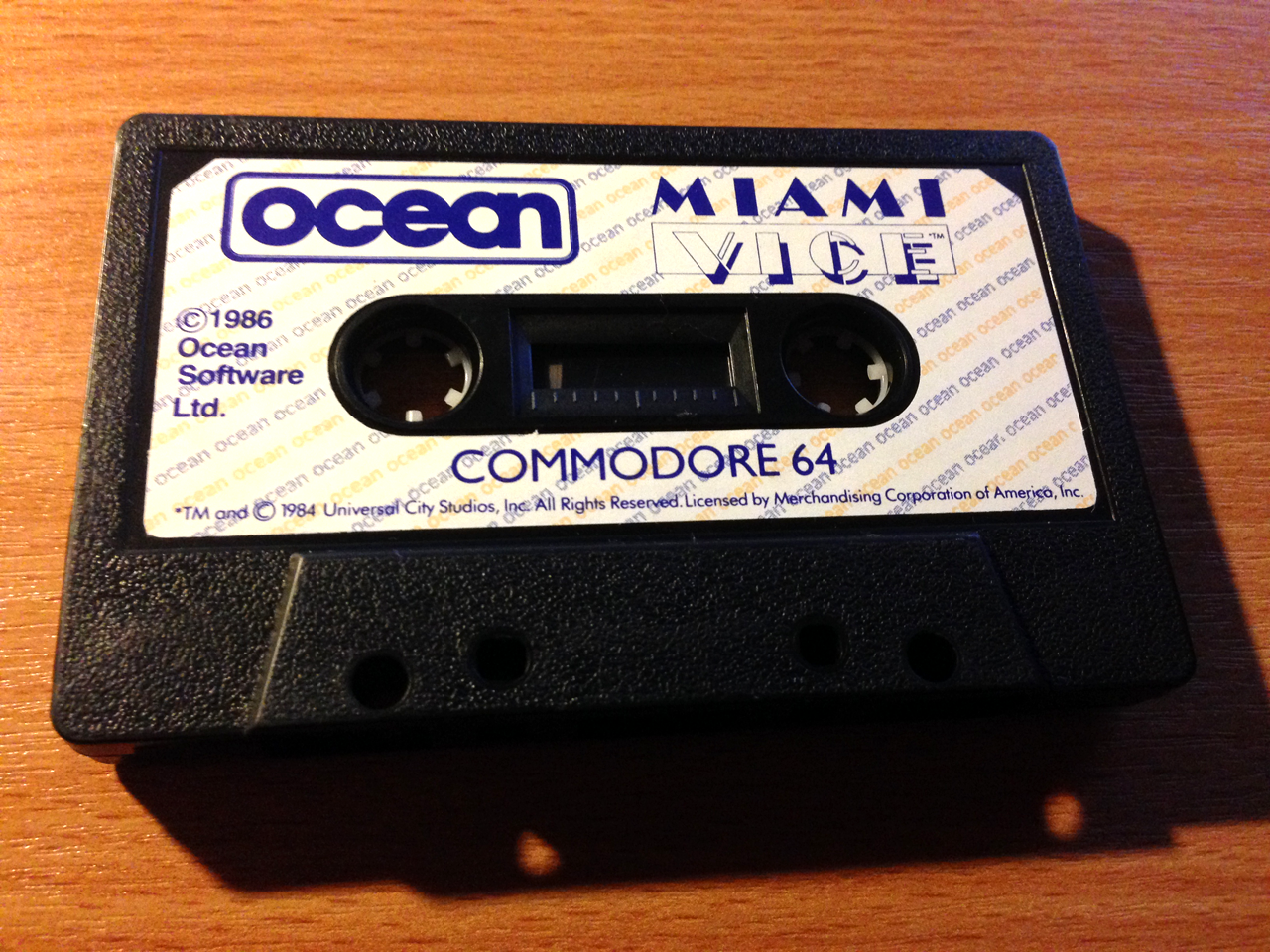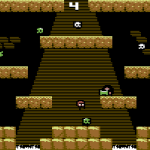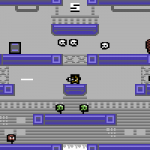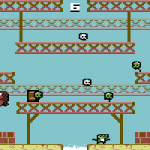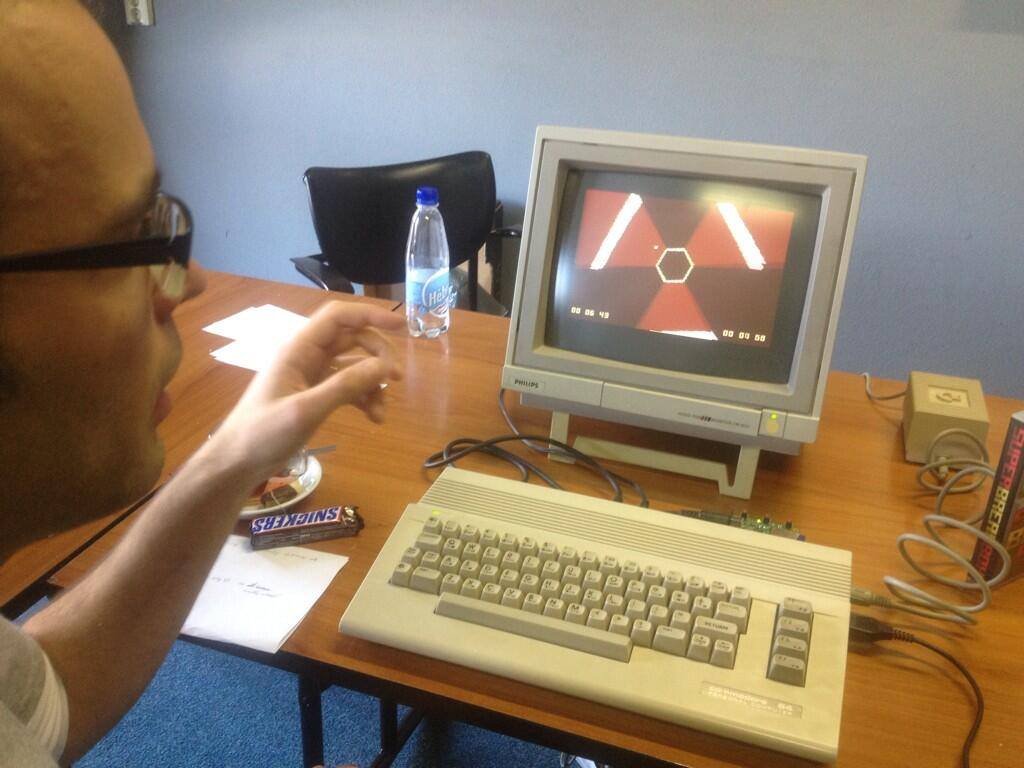
From Paradroid to Pinball Dreams. Andrew Hewson shares experiences & insights from his pioneering videogames career in this new book.
Wow! Sounds like a massive hit! Let’s hope this crowdfounded project will reach its goal! I’m pretty sure it would be damn amazing to read such a piece of history!
Hints & Tips for Videogame Pioneers is a new book by Andrew Hewson, founder of Hewson Consultants, 21st Century Entertainment and the founding Chairman of UK videogames trade body ELSPA (now UKIE).If you were a Spectrum, Commodore 64, Amstrad, Atari ST or Amiga gamer, then the chances are you played games published by Andrew’s companies: Hewson & 21st Century Entertainment.
As a teaser, Andrew kindly gave us an interview 😉
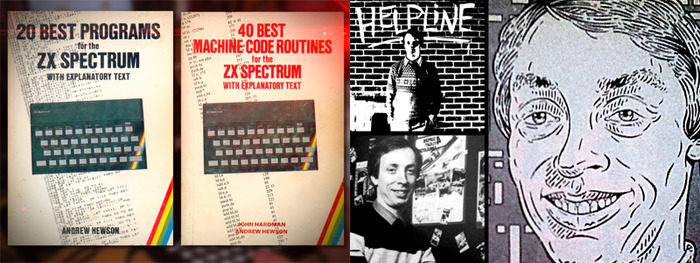
Hi, could you introduce yourself ?
Hello, I’m Andrew Hewson, the man behind Hewson Consultants and 21st Century Entertainment and the man who helped to launch the careers of a number of gaming superstars including Steve Turner and Andrew Braybrook of Graftgold, Mike Male, Raffaele Cecco, and Fredrik Liljegren and Andreas Axelsson of DICE
Some words about your kickstarter campaign ?
We’re raising money to fund the publication of a book entitled Hints and Tips for Videogame Pioneers which is about my experience in the industry. We’ve got some great contributors signed up including Steve Turner, Andreas Axelsson and Fredrik Liljegren. I’ve got about 30,000 words sketched out and now is the time to hire an Editorial Assistant and a Designer to bring the project to fruition.
I’ve heard that all started by writing computers books. There was a book called “Hints and Tips for the ZX 80”. Can we say you are closing the loop ?
I think it’s fair to say that I’m going back to my roots.
How Hewson started as an editor ?
I was lucky enough to work with computers in the 1970s and when the ZX80 was announced I bought one and set about writing a book about my experiences playing with the machine. Other books followed for the ZX81 and the ZX Spectrum and I also wrote monthly column, the Hewson Helpline, for Sinclair User magazine.

You discovered such talented authors like Jochen Hippel, Pete Lyon, Marc Dawson, Raffaele Cecco, Steve Turner, Andrew Braybrook, John M. Phillips, … Did you have any special alien made detector ? I remember larger companies like US Gold who did not have such names for their games.
We received cassettes and later disks in the post from would-be games authors but so did other companies. We took the time to evaluate them and picked the very best – people like Mike Male and Steve Turner. With my programming experience I was very well aware of the time and effort that was put in by our authors and so we focussed our marketing efforts on promoting them as the special talents that they were. As a result more people came to us and so we created a virtuous circle.
You were promoting authors of games you edited. It was unusual at this time (I also remember Bitmap Brothers doing the same).How authors and others editors reacted to this ?
I think the authors appreciated our efforts. Other publishing companies had their own strategies. US Gold for example focussed very much on US imports, at least initially. Some of the larger publishers put all sorts of inferior products on the market, a strategy which made no sense to me. We always strived to produce the best products that we could.
How were you involved in the creative process of the games you edited ? Did authors came with finished games ? Did you have in-house authors ?
Some authors, such as Mike Male, Steve Turner and Andrew Braybrook, brought us completed products. In later years we contributed much more to the creative process, reviewing, testing and tweaking products as they progressed towards completion.

Maniac of Noise did some tunes for Hewson C64 games (like Stormlord). They were “state of the art” composers. How do you get in business with them ?
The truth is I can’t remember. By this time I was employing producers and games testers who were games enthusiasts themselves and so many of the people we worked with in later years came to us via the staff.
How did you managed the shift from 8 bits computers games to 16 bits one ? I remember the time Paradroid 90 was released : players and reviewers were excited when it was announced.
The big battle was between the Amiga and the Atari ST. The Amiga was the superior machine but it took a while for programmers to master it and exploit all its facilities. Atari made the strategic mistake of licensing about 20 games (including some of ours) and bundling them with the machines. It gave them an offering that competed with the Amiga in the short term because it looked like great value for money but it killed the subsequent market stone dead.
What’s up after Hewson adventure ? What about 21st Century who still haunt my player’s dreams ?
21st Century Entertainment was my second company and when DICE sent us their demo for Pinball Dreams we knew we had something good in our hands. It was their first title and it paved the way for us to dominate the Pinball genre in the 16-bit era. I’ve had fifteen years out of the business and I’ve been quite happy to slip into retirement. It’s for others to take things forward now.

And now, some questions for trivia fans
a. Why Custodian was first named Kalashnikov ?
Excellent question. I can’t for the life of me remember.
b. Some words about the idea behind the Nebulus scrolling ?
Ahha! There’s a good story to be told about the development of Nebulus but you’ll have to read the book! Sorry. 🙂
c. Why Custodian and Onslaught were so hard to beat ? (In fact this one is just to know if I really was an underskilled player.)
In retrospect, many games were very difficult to play because we were guided by the standards in the arcade games of the time. I don’t remember Custodian and Onslaught as being especially difficult but there again I was never very good at most of them anyway.
d. Do you have unreleased games to mention ?
No, there’s nothing lingering at the back of a cupboard somewhere. At least not from me.
A final word for our readers ?
Thank you for your interest and, for the sake a small team of people who are working very hard, please back our Kickstarter project.

Thanks a lot to Andrew & Rob Hewson for this nice interview! 😉
PS: Can’t wait to read about that f*cking amazing Nebulus scrolling 😉
